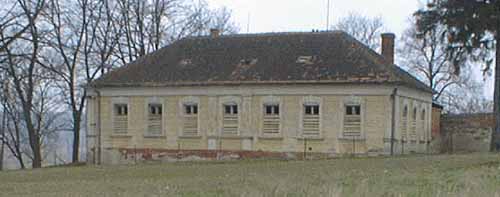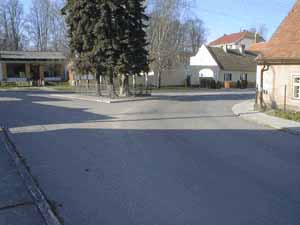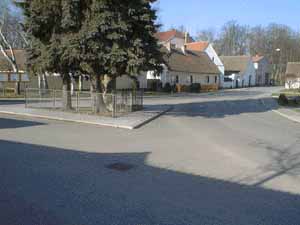 |
The municipality Plav is an ancient village, situated southward from České
Budějovice in the altitude 409m. Along the legend three brothers reached the place where
is the village currently situated, built up their dwellings and made a foundation of the
village.
The village belonged to the domination of family Vítkovci, Vok from Rožumberk bequeathed
it in 1262 to the monastery in Vyšší Brod. The monastery underwent the village to the
king Přemysl Otakar II in 1273. The village has been given back to the monastery in
Vyšší Brod in 1293. Plav had 16 residents in 1489. As there has been brewed the beer
since 1400 until the 16th century, they had frequent quarrels with the burghers from
České Budějovice.
The school had been built up in 1894 from the collection of residents. It cost in total
9.914 in gold. The school has been unfortunately closed in 1979.
 |
There are two monuments in the village. The monument of Corvée Abolition in 1848 had been uncovered in 1885 next to the public house on the Ostrov. There is also embedded a panel into the monument, mentioning the Declaration of Independence of Czechoslovakian state on the 28th October 1918.The second monument is on the common, it has been devoted to the Victims of Nazism 1939 - 1945. There is a panel of fallen solders and missing from the 1st World War on the wall of the Municipality.
 |
 |
There are tumuli, pagan burial ground about l km from the village in the
pinewood. They have been archeologically studied in the 19th century. Discoveries,
utensils residuals etc. have been deposited in the Southbohemian Museum. The memorable
stones from the historic places have been deposited in the basement of the National
Theatre in Prague. There is also deposited a case with the earth from those tumuli.